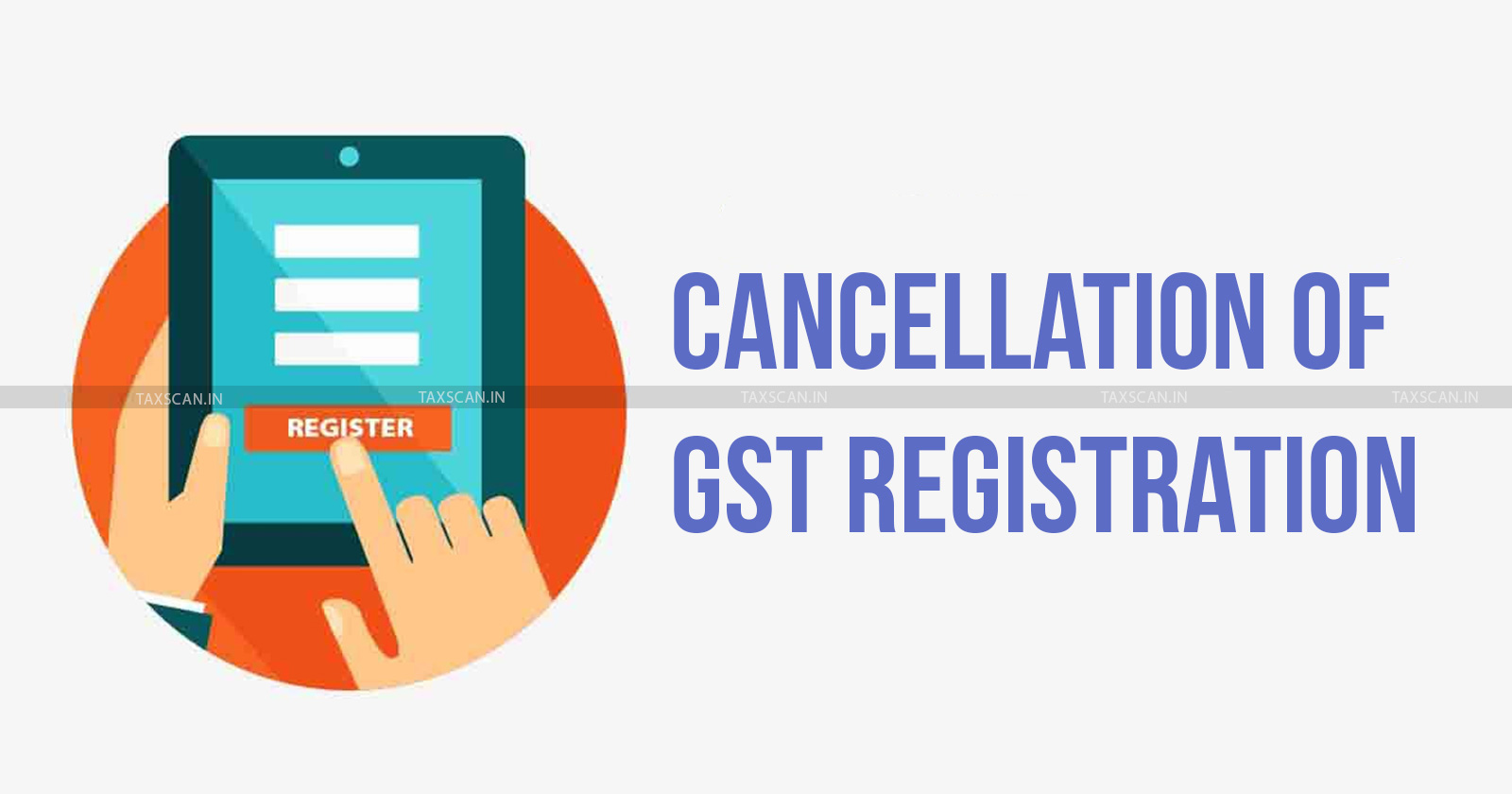Making The Most Of Tax Efficiency: Expert Tips on Browsing the GST Enrollment Labyrinth for Small Companies
Navigating the intricate landscape of Goods and Provider Tax Obligation (GST) registration can be a labyrinthine task for local business intending to maximize their tax obligation effectiveness. Comprehending the eligibility criteria, careful documents needs, critical timing factors to consider, and proficient enrollment process pointers can dramatically affect a company's economic standing. Compliance with GST regulations is extremely important, and adhering to best techniques can enhance operations and prevent possible mistakes. In this conversation, we will check out professional understandings and actionable suggestions that can equip small companies to navigate the GST enrollment labyrinth properly and maximize their tax efficiency.
Eligibility Requirements
Qualification needs for Small Service GST Registration encompass certain standards that companies have to satisfy to adhere to tax obligation policies. To get GST enrollment, a service must have an annual turnover surpassing the limit established by the tax authorities, which differs by nation. In addition, businesses involved in inter-state supply of items or services, or those selling products online, might be called for to register for GST, irrespective of their turnover. It is vital for services to accurately determine their qualification based on these turnover limits to avoid charges for non-compliance. Singapore GST Registration.

Paperwork Requirements
The called for documentation typically consists of evidence of company registration or identity, consolidation and address proofs of the service proprietor, pictures, bank account information, and proof of the principal place of service. In addition, services need to offer details of their service tasks, consisting of the items or services supplied.
Besides the mandatory records, companies might also be required to send added info based upon their details conditions. This can consist of records associated to collaborations, the permission of notaries, or any type of other relevant agreements. Maintaining all required paperwork organized and readily obtainable can enhance the enrollment process and help organizations follow the needs efficiently - Singapore GST Registration. Failure to provide the needed documentation might result in hold-ups or perhaps rejection of the GST registration application. Precise attention to information and adherence to the paperwork guidelines are vital for an effective GST enrollment process for tiny organizations.
Timing Factors To Consider
Thinking about the essential paperwork needs have actually been diligently addressed, her explanation the next important aspect for that site small companies starting the GST enrollment process is the critical management of timing considerations. Timing plays a crucial role in GST registration, influencing not only compliance however additionally financial aspects of the business. Local business require to very carefully intend the timing of their GST registration to make the most of benefits and decrease possible risks.

In addition, businesses should straighten the timing of their GST enrollment with their functional preparedness. Appropriate prep work, such as updating accountancy systems and training team, is necessary to seamlessly incorporate GST demands right into day-to-day procedures. By tactically managing timing considerations, tiny businesses can browse the GST enrollment process efficiently and optimize their tax obligation efficiency.
Registration Process Tips
Effectively browsing the GST registration process calls for small services to execute aggressive and critical registration process tips. One important idea is to guarantee all necessary records are easily offered before starting the enrollment process. This consists of company enrollment papers, proof of address, financial institution statements, and recognition proofs of the organization owners. Validating the precision of the info offered is just as important to stop denials or hold-ups.
Furthermore, recognizing the thresholds and requirements for GST enrollment based on the certain state or region where business runs is crucial. Some states have different turnover limits that cause obligatory registration, so being notified regarding these limits can aid companies prepare ahead.
One more useful suggestion is to take into consideration seeking professional assistance from accountants or tax specialists who specialize in GST enrollment. Their competence can enhance the procedure, minimize errors, and make certain conformity with all laws.
Conformity Ideal Practices
Tiny companies need to focus on compliance to prevent fines and maintain a great standing with tax obligation authorities. Tiny business proprietors must routinely evaluate government standards and look for specialist recommendations if required to ensure they are meeting all demands. By integrating these find more conformity ideal practices into their operations, little organizations can browse the intricacies of GST enrollment with confidence and effectiveness.
Final Thought
Finally, tiny organizations can browse the GST enrollment labyrinth by ensuring they meet eligibility requirements, collect required paperwork, think about timing ramifications, comply with enrollment process pointers, and abide by compliance best techniques. By making best use of tax obligation performance through appropriate GST registration, companies can improve their financial management and procedures.
Navigating the complex landscape of Product and Services Tax (GST) enrollment can be a labyrinthine job for little services intending to maximize their tax performance.Qualification demands for Small Business GST Enrollment include certain criteria that businesses have to satisfy to comply with tax obligation laws. The needed paperwork generally consists of evidence of company enrollment or consolidation, identity and address proofs of the service owner, pictures, bank account details, and evidence of the primary area of service. Additionally, services require to supply details of their service activities, including the items or solutions supplied.Efficiently browsing the GST registration process requires tiny organizations to implement strategic and aggressive enrollment process ideas.